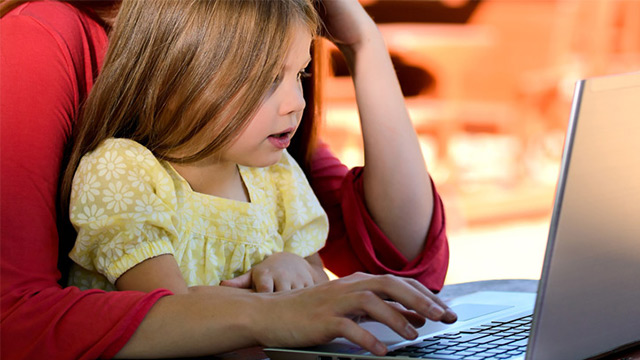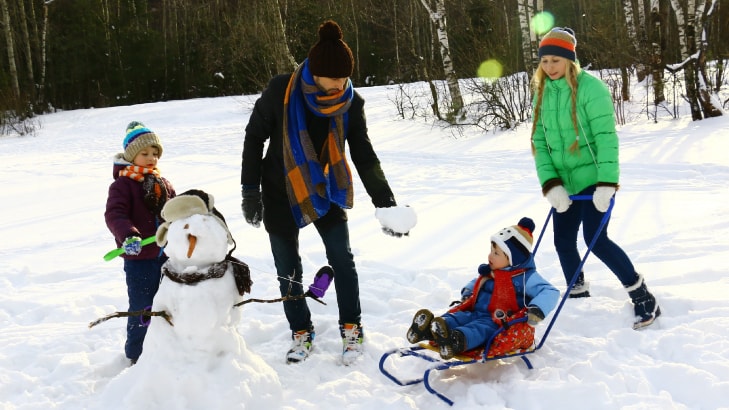As parents and caregivers, one of our most important jobs is to help our children learn and grow. Teaching our children about social justice is not only an essential part of their developmental journey, but it is also an important part of creating a society where everyone feels welcome and valued. Children who learn to be compassionate, to take care of each other, and to stand up for what is right grow up to be adults who work to change society and make the world a better place for everyone.
While it can be easy to teach your child about sharing toys and being kind, it can be difficult to have discussions around uncomfortable topics such as discrimination and human rights and explain to your child in an age-appropriate way why the world is not always a fair or kind place. Luckily, there are a variety of tools and strategies you can use to help guide social justice lessons and conversations with your child.
Expose Your Child to Diversity
When choosing books and toys for your child try to select items that promote diversity and discuss important topics such as human rights, discrimination, and other challenging to tackle topics in an accessible and age-appropriate way. To help you get started Scholastic has a selection of multicultural books for kindergarten and pre-kindergarten children that discuss discrimination and help promote diversity. The librarian at your school library or local library may also be able to recommend age-appropriate books.
Local libraries often have children’s literacy events that focus on promoting diversity, such as special events for Black History Month or Women’s History Month. Check out your local library and your community centre for events that can help you teach your child about diversity.
Make the Most of Teaching Moments
After you have read a book, attended an event, or played with diverse toys with your child discuss what you just learned. What did your child like about the event, book, or toy? Did they learn something new? Discuss any biases your child has and ask them why they hold those opinions. If you discover that your child has a particular hang-up (such as “that is for boys, not for girls!”), then you can use that information to better tailor your future teaching moments.
Engage in Charitable Giving and Related Discussions
Find local causes or charities that you can support as a family, such as volunteering at a soup kitchen or packing lunches for low-income children. Talk about the goals of the charity with your child and how your actions help those who are less fortunate than you.
Make sure to focus on the individuals you are helping and explain to your child the role society plays in creating income and other inequalities. Next, discuss possible strategies that you and your child can employ to help make the world a more equal place. This teaches children that while it is valuable to engage in charitable giving, such as giving food to the homeless, it is essential to discuss the root causes of these problems as well. In this example, you could discuss stigmas and stereotypes around homeless people, and how societal issues such as unfair housing policies contribute to this systematic problem.
Talk About the News
Another way you can help your child learn about social justice is to find news stories that discuss themes of discrimination, social justice, bullying, and other valuable lessons and then discuss these issues with your child. Real world examples are important for teaching your child that problems such as discrimination are real and affect real people.
Sit down with your child and discuss the examples you looked at, and how the people being discriminated against likely feel. Talk about how your child would respond in a similar situation, and what they can do when they witness someone being discriminated against or bullied.
Teach Anti-Bias Lessons
Anti-bias lessons are a great way to use play to discuss and address broader issues. Here are a few lessons you may want to try with your child and their friends:
Paper Dolls Teach Resource Inequality
Have your child and some of their friends create paper dolls. Give one group nice construction paper, lots of pencil crayons, and nice sharp scissors and give the other group plain paper, a few pencil crayons, and dull scissors. Once the children have created their paper dolls, switch the groups and have them repeat the process. Ask the children which group they preferred to be in, and talk about how having low quality or insufficient resources makes it more difficult to achieve their goals.
The Lemon Game Discusses Racism
Give your child and each of their friends a lemon and ask them to look at them carefully. Have the children make a note of any identifying marks, the size of their lemon, and how bright it’s peel is. Then place all of the lemons into a basket and have the children look through it to find their lemon. This should be relatively easy. Next, go into a separate room and peel all of the lemons before returning them to the basket a second time. Then, ask the children to pick out their lemon again. This should prove much more difficult and will teach children that while we all look different on the outside, we are all fundamentally the same inside.
Discuss Gender Stereotypes With Pictures
Ask your child to draw you a series of pictures that represent different professions such as firefighter, doctor, construction worker, and teacher. Review the drawings with your child and discuss the different genders represented in each picture. This exercise can be used as part of a broader discussion with your child about how gender roles and societal expectations impact employment opportunities.
This exercise can also be modified by replacing your child’s drawings with advertisements you see while you are out. Next time you are on the bus or out for a walk look at how men and women are portrayed in the advertisements you encounter and discuss these portrayals with your child.







